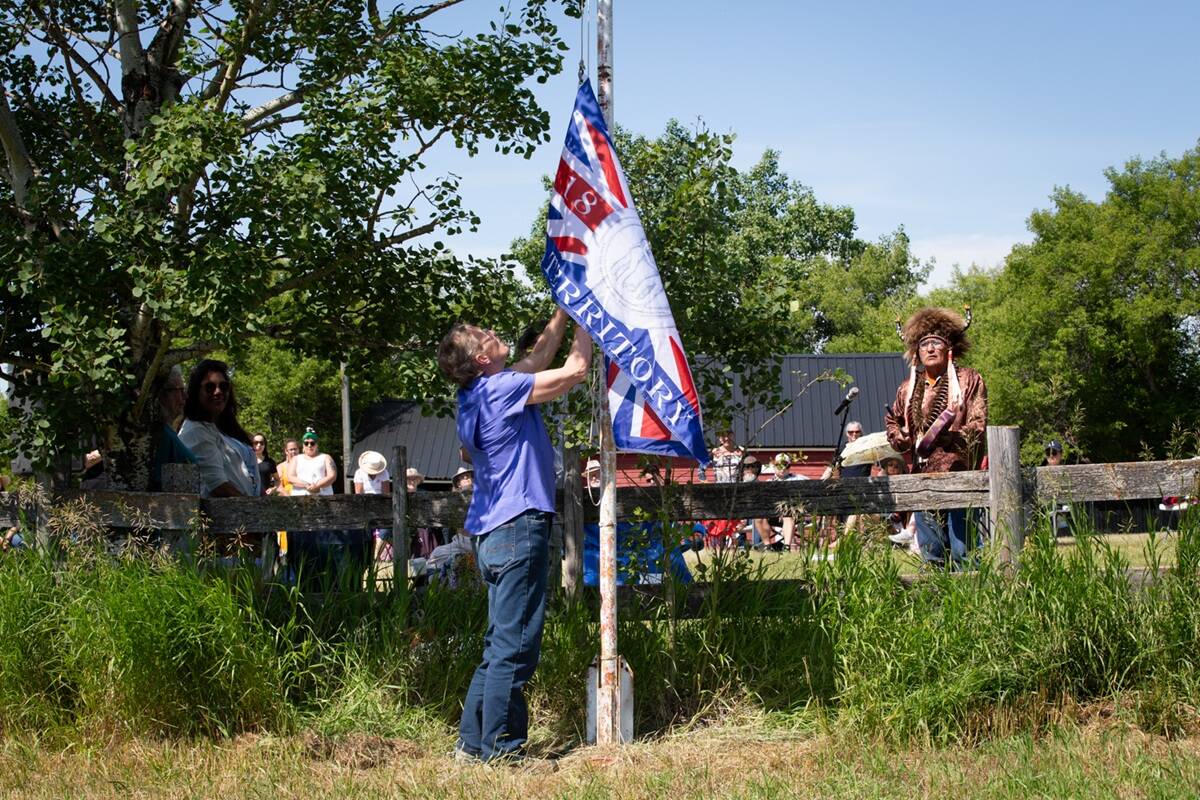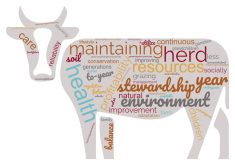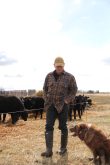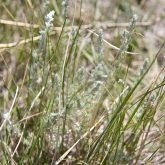The Certified Sustainable Beef Framework released December 7 by the Canadian Roundtable for Sustainable Beef (CRSB) is the set of documents that Canadian beef producers and primary processors will be able to follow to prove their operations are sustainable, chart improvement through the years, and help consumers sort out questions about sustainability.
Backing up a relatively short step to November 2014, members of the Global Roundtable for Sustainable Beef, including the Canadian Cattlemen’s Association (CCA), approved a set of global principles and criteria that would serve as a common platform for defining sustainable beef as a socially responsible, environmentally sound and economically viable product that prioritizes planet, people, animals and progress.
Read Also

Treaty Land Sharing Network expands reach in Saskatchewan and Alberta
The Treaty Land Sharing Network, which connects land holders with First Nations and Metis people, has expanded since it began in 2018
The CRSB’s Framework gives Canadian context to those principles and criteria by laying out the Canadian sustainable beef production standard and sustainable beef processing standard. The standards encompass all of the sustainability indicators (what will be measured) and the scoring system to address the five global principles: natural resources, people and community, animal health and welfare, food, and efficiency and innovation. While economic sustainability isn’t addressed directly, partly due to privacy concerns related to the audits, it is assumed that striving to balance the indicators outlined under each of the five principles will support economic viability.
Also included in the Framework are the assurance protocols (audit cycle) and chain-of-custody requirements for tracking cattle and beef from certified operations through the supply chain. Sustainability claims will be available for certified production and processing operations, beef supply chain partners, and on-product and off-product marketing claims for beef sourced from certified operations.
CRSB community engagement manager Andrea White says the communications and marketing committee is fine tuning the claims and labelling guidelines before they can be added to the website to complete the Framework. The committee continues its work on branding the standards and developing a marketing strategy for the CRSB as well as on other ways to help producers, processors, retailers and food service companies market beef cattle and products from certified operations.
“For now, the important step is getting the Framework out to producers so that they can start building the volume of beef from certified operations and those farther down the value chain can work on how they will source sustainable beef,” White explains.
The program is voluntary and there is no need to register to get started. White suggests checking out the standards to determine where your operation stands within the three-level scoring system: achievement, innovation and excellence. Entry into the program starts at the achievement level.
The next step is to get certified by arranging and paying for an audit. Now that the Framework has been launched, the CRSB will be considering applications from independent certification bodies. Successful applicants will be listed on the website as they are approved.
The audit cycle is based on a risk assessment for each operation. Generally, an audit will be necessary every five years with self-assessments or risk assessments between times.
The CRSB has contracted an external third party to oversee the certification program as added assurance for consumers.
White explains that development of the Framework has followed a transparent process from the very beginning in July 2013 when the CCA brought together stakeholders from across the beef value chain and others to gauge interest in creating a Canadian roundtable. Membership is wide open to any organization interested in advancing sustainability efforts and currently includes representatives from provincial and national beef industry associations, dairy and barley producer groups, conservation agencies, and businesses in the packing, retail, food service, animal health and financial sectors. The standards were developed in consultation with scientific experts and each draft underwent two public consultations with revisions agreed upon accordingly before the Framework was published.
The look of the standards is quite similar to that of the McDonald’s Verified Sustainable Beef (VSB) Pilot carried out on the ground with cow-calf and feedlot producers in 2015 by McDonald’s Canada in co-operation with the CRSB. This was a valuable part of the work to establish realistic requirements for producers and processors that wouldn’t disrupt the normal flow of business and at the same time be credible to consumers (Canadian Cattlemen, November 2015).
White says the CRSB took what was learned from the pilot and its other projects and dug deeper to ensure the indicators and measures were broad enough to allow for regional differences within Canada, develop a process for establishing equivalencies with existing industry programs, set out the chain-of-custody requirements and create the sustainability claims.
Each indicator states the outcome and goal along with expectations for each of the three achievement levels. Ultimately, it’s up to producers and processors to decide on the most appropriate approach for their operations.
The actual scoring for the audit is straight forward — score 1 for achievement, score 2 for innovation and score 3 for excellence.
Generally speaking, the achievement level requires basic knowledge of the indicator or having data as evidence of measuring. The innovation level builds on that with evidence of plans, protocols, practices or other measures for the indicator, anecdotal examples of improvement, training for those carrying out the indicator and some documented information. The excellence level requires established policies, plans, practices, protocols, processes, procedures, control measures, programs or systems for the indicator, documented results of measuring or monitoring, and evidence of continual improvement.
The chain-of-custody record is also subject to audit. The Framework provides three chain-of-custody models — identity preservation, segregation and mass balance — each of which links to specific claims that can be made about sustainable sourcing.
“The launch of the Framework is really just the beginning,” White says. “Now it’s up to the supply chain to use the Framework to put processes in place for sourcing sustainable beef and the necessary data management. The CRSB will be there in a supporting role to help the value chain make connections.”
The Cargill Canadian Beef Sustainability Acceleration Pilot is one such initiative already underway in co-operation with Verified Beef Production Plus as auditor, BIXS Co. (Beef Info Exchange System) holding the chain-of-custody records submitted by producers, and several of Cargill’s retail and food service customers.
“The accelerator pilot isn’t about creating a niche program. It is open to all producers because we are not asking for a direct supply. It’s about helping build the volume of sustainable beef and making sustainability work within the supply chain as it is,” explains Cargill general manager for McDonald’s Beef Emily Murray, who also co-chairs the CRSB’s verification committee.
This pilot will use the mass-balance chain of custody model. To guard producers’ privacy, Cargill will only see the aggregated report from BIXS showing the total number of cattle from certified sustainable sources processed each day. From this, the company will be able to calculate the percentage of beef sourced from sustainable operations.
Talk about sustainability
Most beef producers know their operations are sustainable otherwise their families would not have been able to carry on through multiple generations. Progress is made by each generation building on knowledge passed down through the years as research continues to bring new insights.
Now that there is a way to prove your beef operation is sustainable, the bigger challenge could be explaining this complex concept to consumers in today’s marketplace where the word has been tossed around so lightly that people have been forming their own ideas on what sustainability should mean.
“The CRSB itself has a great story to tell about how producers and a truly multi-stakeholder group with diverse perspectives came together to build the Framework. The claims will provide the conduit to help get messages across,” White says. “Individual producers can also talk from their personal perspectives on what sustainability means to them. The highlights may be a bit different for each producer, but it’s the combined economic, environmental and social pillars that define sustainable beef.
The Framework is available at www.crsb.ca, or go to the Canadian Roundtable for Sustainable Beef website. Questions are welcome at [email protected].

















